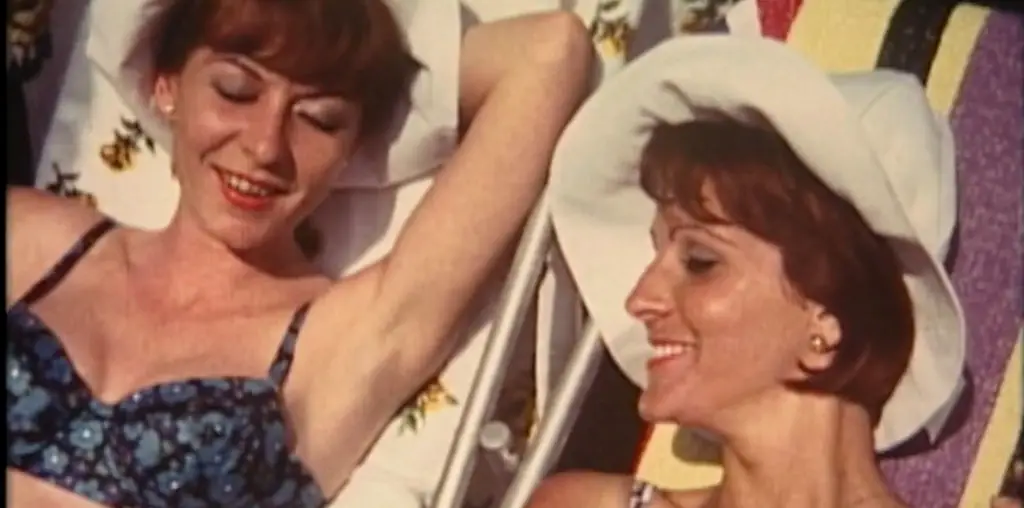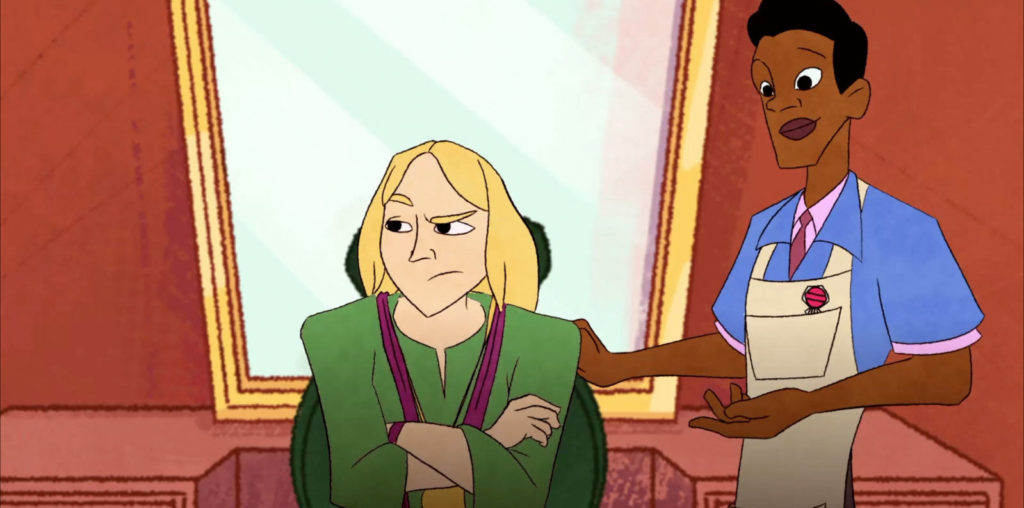
After watching Evan Mather’s short documentary “A Fool’s Errand,” one is very tempted to think, “so what?” Running only five minutes in length, Mather’s film documents the creation of a particular piece of art by Naomi Wong Mai-Xing. With no explicit arguments presented, “A Fool’s Errand” impresses one as strictly educational. Made possible in part by support from Western Pennsylvania Public Television, the documentary’s tone is ideal for public television. It is informative, and rather than make some ideological statement or leave the viewer with any significant sense of enlightenment, “A Fool’s Errand” offers pieces of knowledge.
Mather’s documentary provides a glimpse into the origins and resurrection of elaborate public art. The film begins with drawings of 18th Century French aristocrats and stills of gardens. The director narrates that “every seventh vernal equinox was celebrated by the creation of elaborate, temporary gardens, shadowboxes designed by the aristocracy for viewing enjoyment by the unclean masses. Also known as ‘fool’s gardens,’ their installation lasted solely during the period of Lent and were demolished on Good Friday as a symbol of Christ’s death.” Missionaries spread the practice to Asia, where it lasted until World War II. Before “A Fool’s Errand” starts to feel too much like something one would watch in a high school history or art class, Mather’s changes gears (slightly) and brings his documentary to a more modern climate: Seoul, South Korea.
Public art in the capital city of South Korea includes a ringing pay phone, debris in a river, a wheelbarrow, a metal memorial to a plane crash, and as the film reveals, white plastic lawn chairs that sit on patches of grass on a bakery warehouse floor which striped to align with magnetic north. Mather does a terrific job at filming and editing the footage of Naomi Wong Mai-Xing and her helpers putting the art together. The director pairs a musical score that boasts an infectious beat with overlapped images of Naomi taping the floor. The aural and visual elements work in good harmony. Unfortunately, it is not enough that Mather adeptly shoots and cuts the footage so that the audience thinks it’s “kinda cool.” Mather proves that he can make the mundane into the intriguing, but he has to give the viewers more. Wrapping up a five-minute long presentation on public art with a comment about the inevitable but transcendable death of all things created leads to another inevitable: so what?

